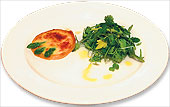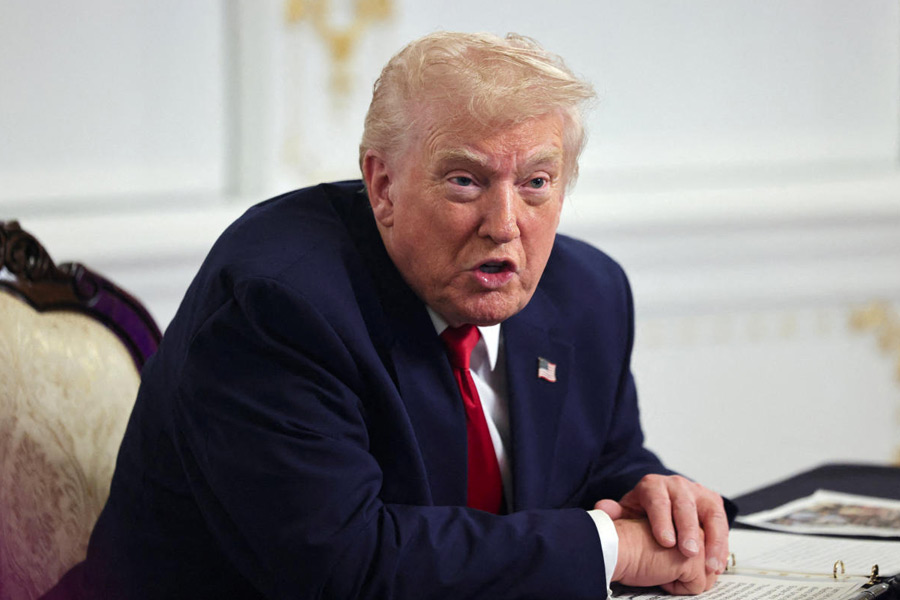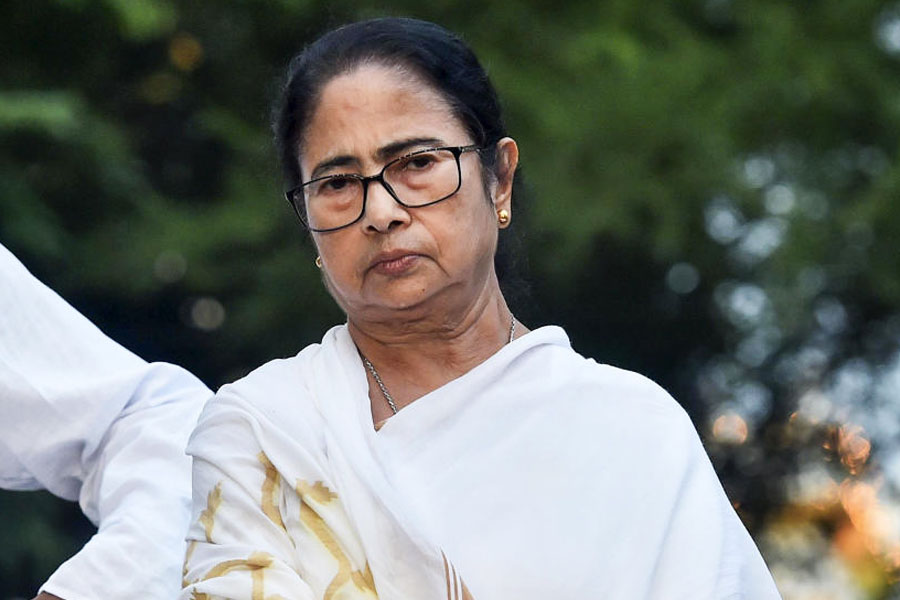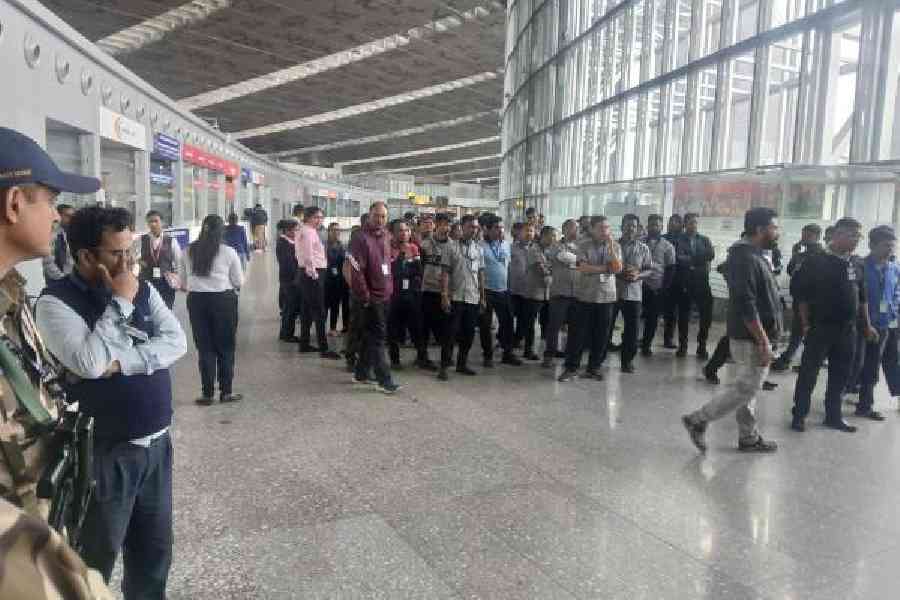 |
It was the mid-nineties. The United Front government was in power. Michel Camdessus, then managing director of the International Monetary Fund, was visiting New Delhi. P. Chidambaram, then finance minister, hosted a dinner at the Taj Mahal Hotel in New Delhi for the visiting Frenchman. On the guest list was a Bengali journalist who explained to the IMF managing director: “The minister has arranged a treat — a Michelin 2-star chef to cook the dinner.” Camdessus’s eyes lit up, and rumour has it that the finance ministry was later surprised at how readily the IMF agreed to its demands.
But the delights of the epicurean meal did not, however, spark as much enthusiasm all round. A member of the finance ministry entourage who now figures in the current council of ministers asked for an Indian thali. To some present, that was sacrilege — he didn’t order what everyone else had ordered (which could be viewed as having been impolite) and he’d turned down serious food.
That episode is perhaps illustrative of how the country was then not ready for gourmet food. Nearly a decade later, as another Michelin-starred chef woos diners with some serious haute cuisine, a question posed then is being asked all over again. Is India ready for fine dining?
 |
| WHAT’S COOKING: Chef Stuart Gillies |
The past few weeks have seen celebrated European chefs make a beeline for India. Hot on the heels of 2-star French Michelin chef Michel Husser came Stuart Gillies, Gordon Ramsay’s star chef from London’s Boxwood Café. “Getting an international face adds an air of authenticity to the food,” says Manu Mohindra, the restaurant consultant.
Suddenly, Dilliwallas are talking abut fried oysters and glazed asparagus, pea and leak tart, roasted milk-fed lamb with braised potato and pork trotters — a clear sign that India has changed since chef Richard Neat was conjuring up gastronomic delights at the Taj Hotel 10 years ago. Yet true-blue aficionados hold that fine dining is still to arrive in India .
“Michelin-starred restaurants the world over are an indication of what fine dining is — highly skilled chefs who serve authentic innovative food out of top quality ingredients, food that is prepared over a long time, bringing out the flavour and the texture, an extremely luxurious atmosphere and an impeccable selection of wines,” says sommelier Sanjay Menon, the owner of Sonarys Co-brands, Mumbai, India’s second-largest wine importer. “Such parameters are hard to find in one place in India.”
Some argue that Indians, with a palate thickened with excessive spice, cannot take to delicately flavoured food. And fine dining, after all, is not about the whats but the hows. While it is all about exceptional food, haute cuisine is also about the originality and imagination of chefs, the quality of ingredients and consistently high standard throughout a meal.
But others in the industry maintain that India is getting ready for fine dining. After all, globally-acclaimed chefs have been frequenting five-star restaurants in India for quite a long time. The ITC hotel chain initiated a ‘Celebrity Chef Series’ in 2005, since the time it got Alan Bird from London’s The Ivy, and Anna Tasca Lanza from Sicily. “We found the response to the celebrity chefs so welcoming that this year we are going to invite two chefs and not one,” says Prathima Vasan, spokesperson, ITC Maurya.
Along with celebrity value, top-notch chefs are also brought in to improve upon and diversify menus and expose in-house chefs to experts on foreign cuisines. Most see the Michelin Guide, which is published from France and is also known as the ‘Red Bible,’ as the final word on culinary achievements in restaurants. Accordingly, Michelin starred chefs, graded on a 3-star scale, are the super heroes of the finest fare.
Though the Michelin guide is not applicable to India, top chefs seriously doubt if any restaurant in the country would come anywhere near a Michelin star. “There aren’t too many people who can express themselves on a plate,” says Ranveer Brar, executive chef, The Claridges, New Delhi. “Legendary chefs are those who put a stamp on the food; it’s their individuality. Unfortunately, India still has a long way to go on that.”
Prashant Gupta, assistant food and beverage manager at The Imperial, which brought Michel Husser, insists that the Indian clientele is changing. But, as a diner there points out, most of the guests were visiting Europeans.
Clearly, Indians — and restaurants — are still to take to haute cuisine. For one, quality food demands low occupancy. “Internationally, a top-of-the-line restaurant does not sell one table more than once a night. If the restaurant occupancy is 200, food will be cooked just for 200 people,” says a gourmet.
Reputed and niche restaurants across Europe and US are free standing restaurants, unlike the fine dining notion here, which till recently had been limited to five-star restaurants. But the high capital costs of setting up a top quality joint are daunting, particularly for an entrepreneur who is focused on fine dining. “Fine dining is not a bourgeois pursuit anywhere in the world,” holds Menon.
There have been changes in recent years. Purchasing power is on the rise, as is travel. “People don’t feel guilty about spending on dining any more,” points out restaurateur A.D. Singh, best known for his Olive Bar and Kitchen restaurants. And Brar holds that with the boom in restaurants, big capital is more readily available now for finer restaurants. Bill Marchetti, the Australian chef who was earlier at ITC, stresses that Indians do enjoy good food.
Ritu Dalmia, who now runs one of Delhi’s most popular Italian restaurants, Diva in Greater Kailash, burnt her fingers in her earlier experiment. Dalmia flagged off her first Italian venture, Mezzaluna, in 1993 but it had to close by 1995. But now, Diva, a similar concept, is doing roaring business.
Yet fine dining in India is still at a nascent stage. Sure, the market for high-end imported food products is surging, with that for imported food products and fruit currently standing at US $1.1 billion per annum. “Farms in Pune and Ooty are now producing excellent lettuce, celery and other English vegetables. Cheese or meat — many such foods are available here,” says Marchetti. But, as Brar points out, “The finest food is about the best and the freshest ingredients,” says Brar. “Though some are available in India now, we still have to source a lot from overseas. So even at the quickest, we get them when they are a week old. I can serve Blue Point oysters but they would be at least three days old when they arrive.”
So India is still a long away from international food standards, though the initiation is through.










